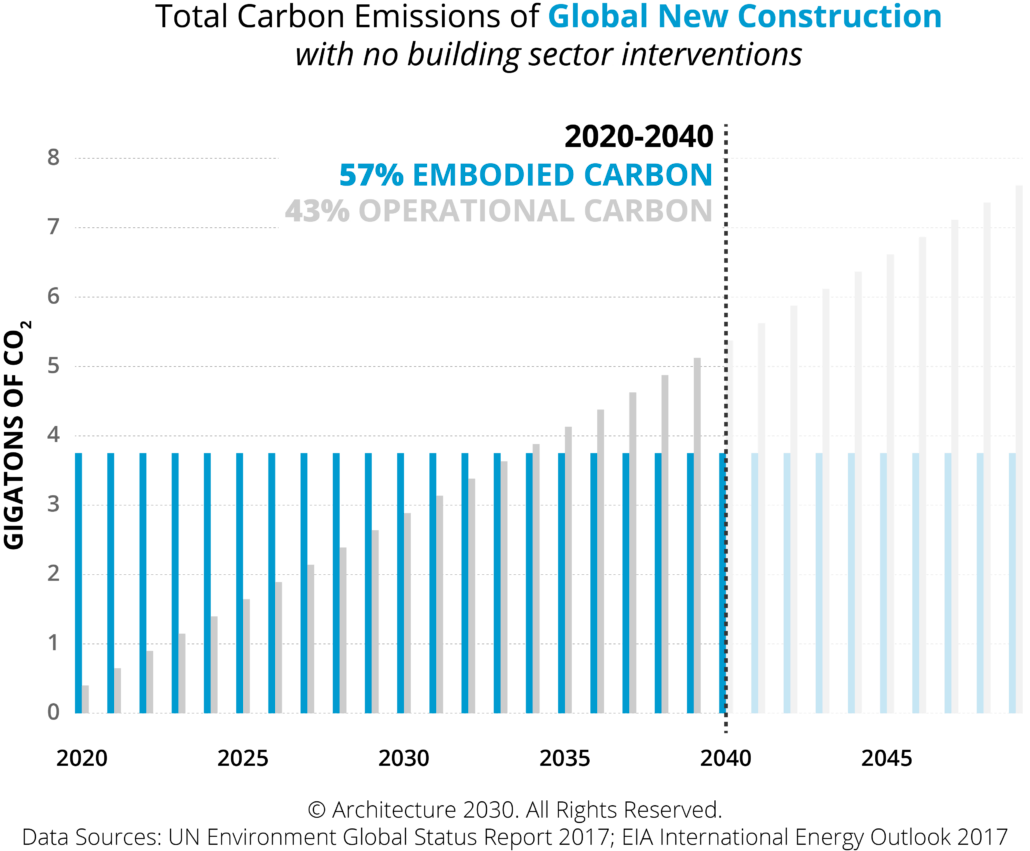Saving the planet by replacing your aircon & reducing your electricity bills?
Seeking the next Gigacorns, today, we talk about the multi-billion dollar investment opportunity of Urban Retrofitting in megacities.
Have you ever heard about HVCA? Well, it stands for Heating, ventilation, and air conditioning. This is the use of various technologies to control the temperature, humidity, and purity of the air in an enclosed space. And yes that’s a massive market, here to stay! In fact, 39% of Global Greenhouse Gases (GHG) Emission comes from the Building Sector (28% from operations, 11% from materials & construction).
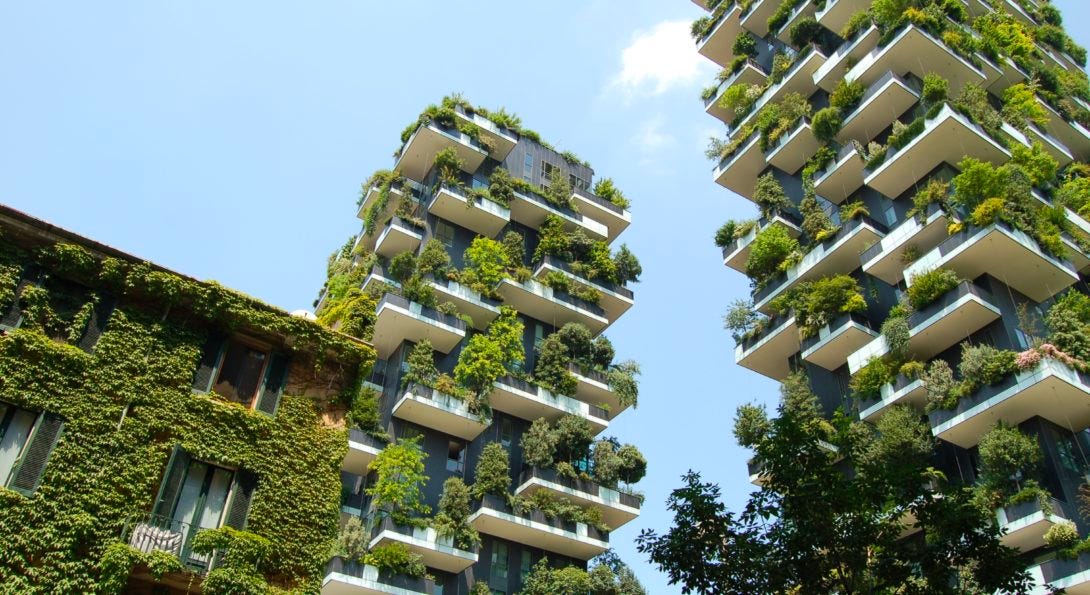
A huge amount of electricity is required to operate buildings (HVAC, lighting) and building materials (concrete, steel, aluminum) and of course, a heavy carbon footprint associated with it. ⅔ of the buildings that existed today will be in use by 2060. “Urban Retrofitting” is the massive market for the new solutions making these buildings greener as well as improving the ambiance and aesthetics of the buildings. This is a market we are looking into with Atlas Capital, so what is urban retrofitting? What are the interesting solutions we found? Let’s dig in together!
Every house needs Urban Retrofitting…
There are two types of carbon emissions from the building sector: embodied and operational. Embodied carbon is carbon that is associated with the materials, construction process, and disposal. Operational carbon is carbon that is associated with operating the buildings, such as HVAC, lighting system, and electricity usage.
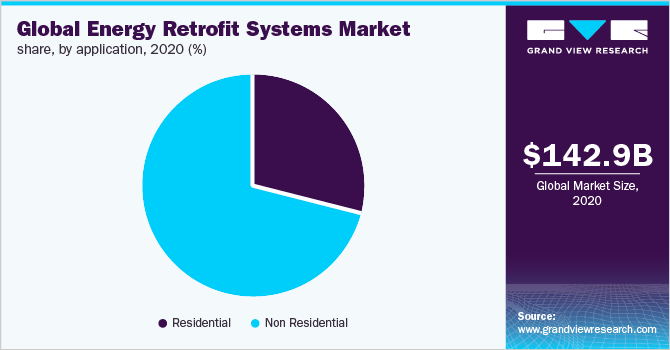
On a global scale, Grand View Research estimated that the Global Energy Retrofit Systems has a market size of $142.9 billion. Trying to predict the future of this market, Urban Green Council estimated that the urban retrofitting industry in NYC ALONE will grow from $235 million in 2018 to $20 billion in 2030. That is almost 100 times growth in a little more than a decade. And that is just for one city, so we can imagine that this market opportunity will be massive on a global scale as well. The reason is that, in addition to the increased efficiency, many cities and countries have already legislated a tough carbon cap on buildings. For example, in 2019, the New York state sets a carbon cap on buildings that will go into effect in 2024 and will be even more aggressive in 2030. This trend is observed throughout the globe where government agencies are enforcing carbon caps on buildings. Older buildings that are inefficient and have a high carbon footprint will need to be retrofitted as the demolition of buildings or the fines for exceeding the carbon caps are even more costly.
New certifications pushing for Urban Retrofitting adoption
Urban Retrofitting is the addition of features and new technologies to older buildings. This can either reduce the cost of operations, refrain from building new buildings, or preserve historical sites. Originally, urban retrofitting served to reinforce older infrastructure to withstand seismic activities in earthquake-prone regions such as Japan. Now let’s look at how technologies can help cut both emissions and expenditures as well as make urban development more sustainable.
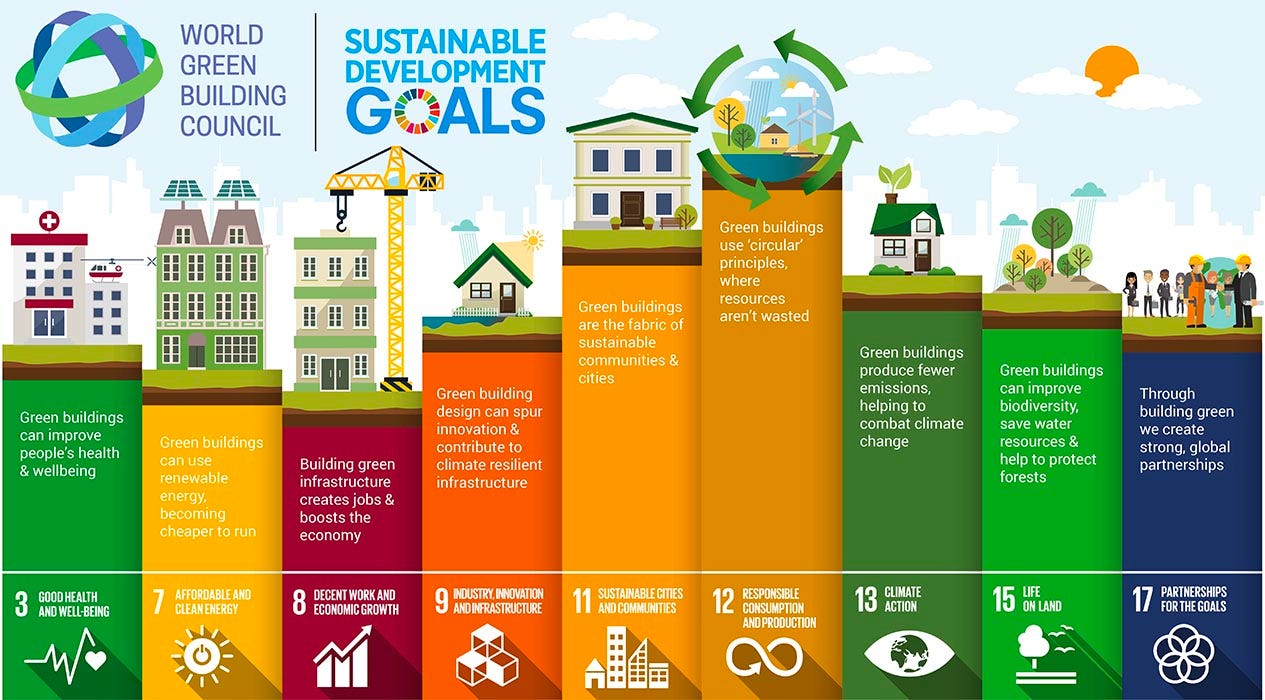
First, an analysis of the building efficiency needs to be conducted to identify areas of improvement. There are a few ways to determine how sustainable a building is:
Green Building Certifications
Note that in France for example, starting in 2023, every building will need a Green Building Certification to be commercialized. This is how governments are enforcing our market to grow exponentially next decade! There are many organizations that provide analysis and building certifications. Three major certifications are the Building Research Establishment Environmental Assessment Method (BREEAM), which was developed in the U.K., the Sustainable Building Challenge Framework (SBTool), which was developed by the collaborative work of 20 countries, and the Leadership in Energy and Environmental Design (LEED), which was developed in the U.S.A. These certifications measure the holistic performance of each building by looking at the contribution to climate change, human health, biodiversity, water resources, etc. By acquiring green building certifications, there are other benefits than getting an analysis of the buildings. Many countries, such as the US or those in the EU, are entitled to a certain reduction in property taxes as well as having higher rental rates.
Life Cycle Assessment
Life Cycle Assessment (LCA) is a methodology that is used to evaluate the environmental impacts of any product. The life cycle of the products, from raw materials to construction and transportation, is taken into consideration. For buildings, LCA starts with the raw materials of the building and the landscaping of the land. Then, it considers the construction. Afterward, it takes into account the operations of the building as well as the expectancy of the building. The assessment allows the builder to understand which part of the building process is responsible for the most emissions and inefficiency.
A new era for your aircon
Dealing with your old aircon
HVAC appliances account for about 40% of energy usage in commercial buildings. When not properly maintained, the system will be less efficient and will use more energy to achieve the same goal. It is also difficult to know when the HVAC system has become faulty. Thus, with the help of IoT, Texas A&M University advocates for Continuous Commissioning, which is a step further than scheduled maintenance. Continuous Commissioning makes use of the connection that the HVAC system has to the cloud to give a live update on the efficiency of the system. It also helps in understanding how the HVAC system can be modified to be more efficient. Since the HVAC system uses the highest proportion of energy, it can also be easily reduced by improving its efficiency.
Additional Features for existing HVAC
For most existing buildings, an overhaul of the HVAC system will be costlier than improvements to the current infrastructure. These are some examples:
The addition of sensors to the current HVAC system can allow heating and cooling only at the specific location where an individual is currently in. MIT’s Senseable City Lab invented this system and used servo motors, infrared lamps, and motion tracking to direct rays onto the locations where people were standing. The energy consumption for office spaces, especially when more workers opt to work from home, will be much less.
The incorporation of HVAC systems into smart office systems has also been gaining popularity. For instance, a temperature sensor can be installed and linked with the existing control application. Monitoring the temperature and system will be much easier and any problem with the HVAC system can be easily detected.
New insulation material can also reduce energy consumption by 30% - 60% (depending on climate and environment). The Homeskin project, funded by the EU, produces insulation that is made from advanced aerogel-based composites. By improving the insulation of the building, the HVAC system can become more efficient without a costly improvement to the system.
Examples of Innovative HVAC systems
The geothermal heating system can revolutionize how houses and buildings keep warm during the winter. This technology utilizes the heat energy under the ground. There are three main types of geothermal heating: Ground source heat pumps, Direct use geothermal, and Deep and enhanced geothermal systems. The households can install the system in their own houses which reduces the dependence on electricity or gas in the existing HVAC system.
Saudi Arabia’s King Abdullah University of Science and Technology (KAUST) has developed an efficient cooling system that works without the use of electricity. Their system utilizes salt, i.e. ammonium nitrate, to cool down warm water. As water is used to cool a space, salt is added to the water to decrease the temperature. The solar panels will absorb thermal energy to evaporate this water, making the salt reusable. This eliminates the need for electricity and can also be applied to refrigeration in the transportation of goods.
Investing in solutions making buildings green.
Brimstone Energy
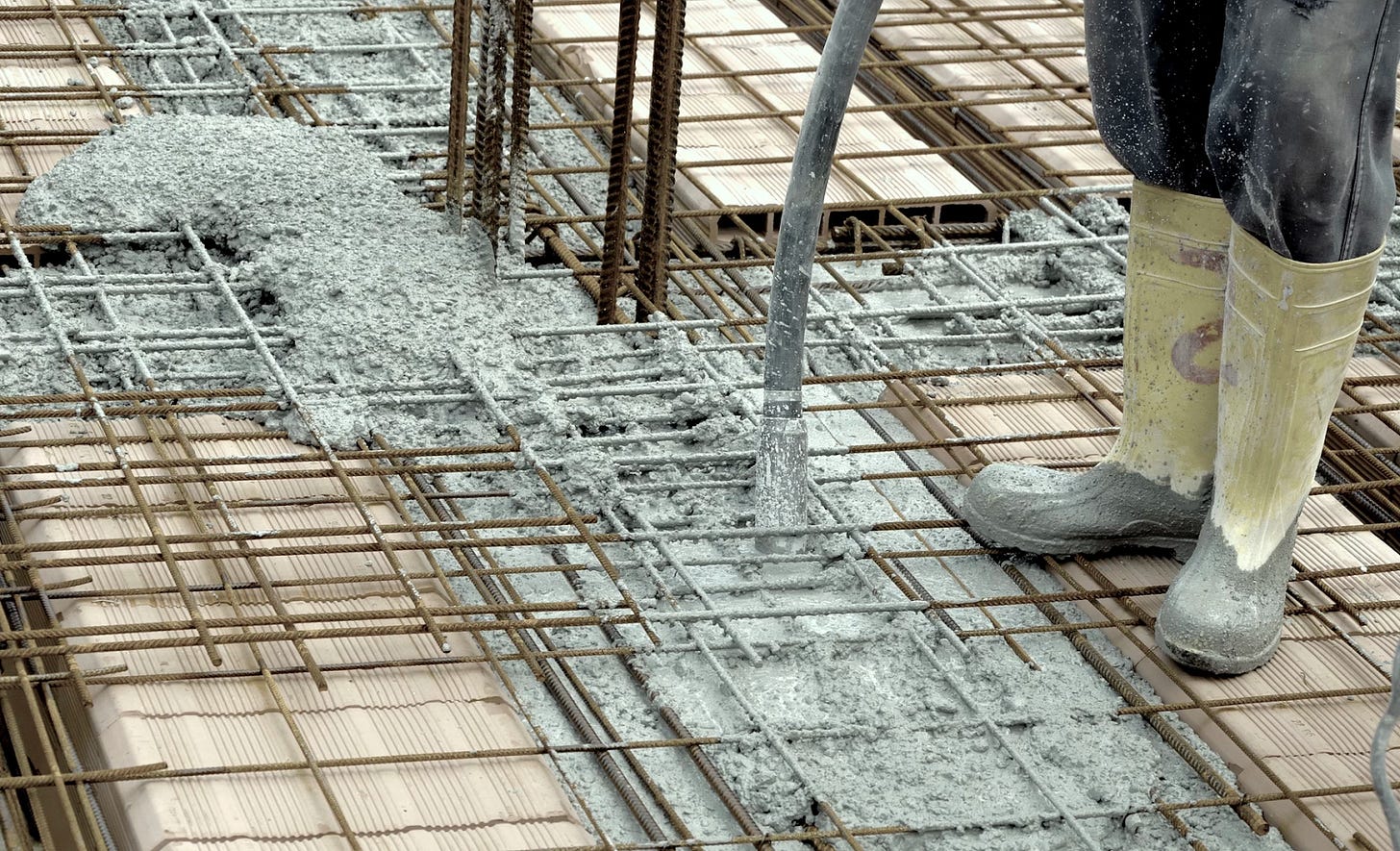
Brimstone Energy is a company based in California. Cement is responsible for 8% of total emissions and will continue to be in demand. They are currently trying to reduce emissions by substituting limestone, a key component in cement, for calcium silicate which produces less carbon dioxide. Calcium silicate is also a common mineral that will not greatly increase the cost of production. Calcium silicate also requires lower temperature in the kilns, allowing the switch to electrical kilns instead of the traditional coal-powered kilns. By using electricity instead of coal, the sources of power can originate from cleaner resources, such as wind and solar energy. This further reduces emissions from cement production. They are making urbanization greener, especially for emerging economies.
SkyCool Systems
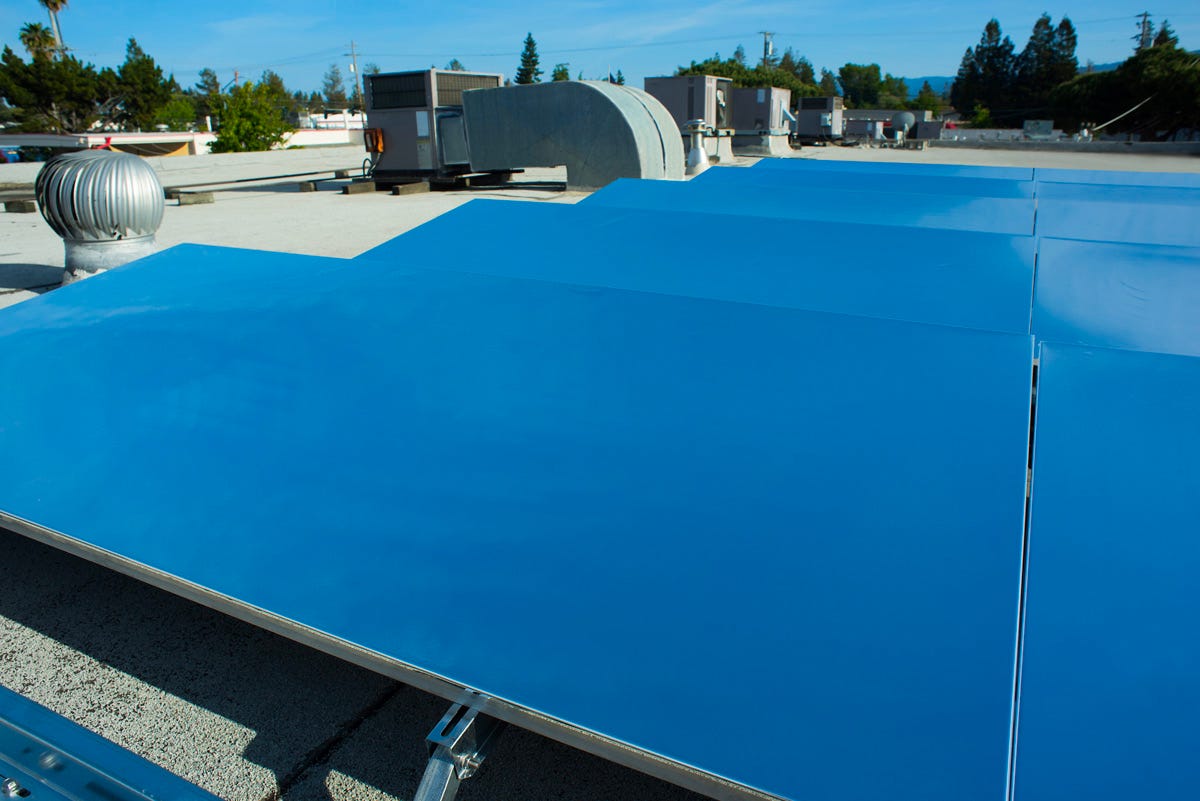
SkyCool Systems is a company based in California that aims to create an electricity-free cooling system. The HVAC system is responsible for 40% of energy usage. They have developed a passive cooling panel that has Dual-Mode film applied to the top surface. The film reflects sunlight to prevent the panels from heating up during the day and also emits infrared heat to the cold sky, which keeps the panels and any fluid flowing in them cool 24/7/365. A fluid is pumped through each panel. The panels’ temperature can drop by up to 15°F below the ambient temperature with zero electricity input. SkyCool’s panels can be used as an add-on to air conditioning and refrigeration systems. In some circumstances, the panels can even replace an air conditioning unit. This is the first step towards an electricity-free HVAC system.
Singularity
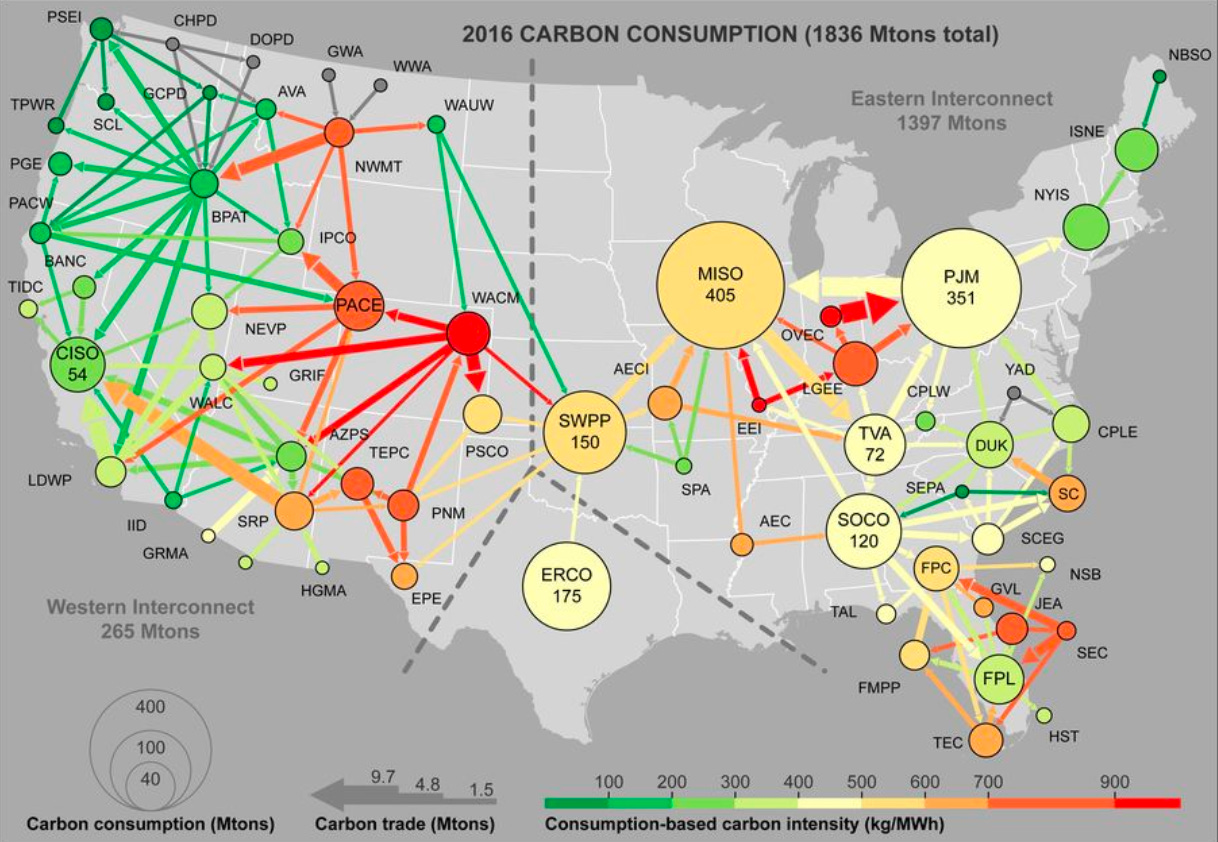
Singularity, a Massachusetts-based company, aims to help break the barrier to effective urban retrofitting: the lack of information. They have created a patented platform with developer tools and huge resources of data from government agencies and independent grid operators. Their tools will allow any real estate corporation to create a dashboard to track carbon emissions from buildings or an optimized plan for decarbonization.
Zauben
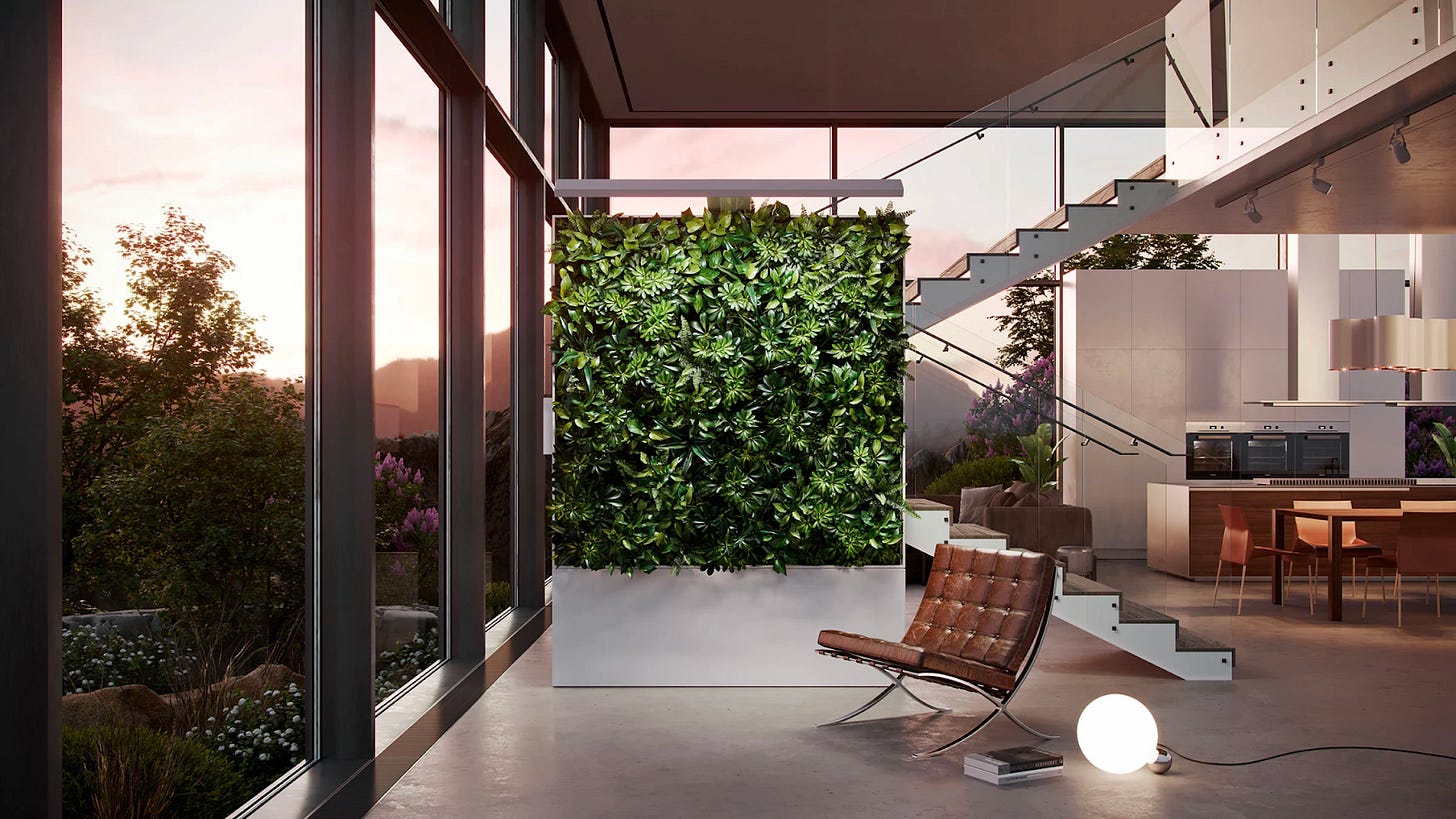
Zauben, a Chicago-based urban retrofitting firm, came up with the idea of a “living wall” that brings plants into office spaces. The green space in the office not only helps with the insulation or the cooling of office spaces but also produces oxygen through photosynthesis, giving the office more breathability and fresh air. Furthermore, a NASA study has shown that plants can remove up to 87% of air toxins in 24 hours while keeping the fresh temperature in the workspace at a 72% efficiency rate compared to an aircon: astonishing results! It is not surprising that office workers report improved concentration and productivity in spaces with plants. Their invention, Model Z, won Time’s The Best Inventions of 2020, and Zauben is looking to expand to SEA next coming quarters, this is why we decided to invest in Zauben! Currently, Zauben is developing a green roofing technology that is both affordable and efficient. We can look forward to more widespread adoption of green roofing in SEA when Zauben releases its next product!
At Atlas Capital, we do not only focus on new technologies, but we also aim to revolutionize traditional industries into greener ones. We believe that by bringing innovators, and investors together, we can ride that trillion-dollar market tsunami while returning huge ROI to our investors and saving gigatons of CO2. Now is the time your investments can build zero-carbon cities for your children.
Sources: here here here here here here here here here here here here here here


